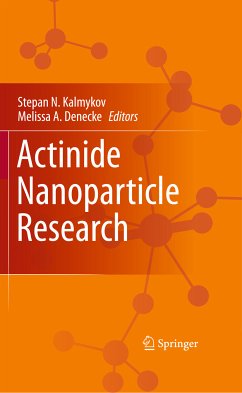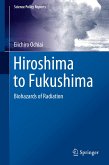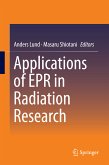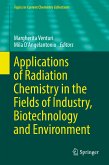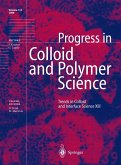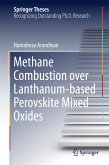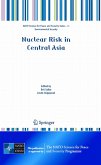This is the first book to cover actinide nano research. It is of interest both for fundamental research into the chemistry and physics of f-block elements as well as for applied researchers such as those studying the long-term safety of nuclear waste disposal and developing remediation strategies. The authors cover important issues of the formation of actinide nano-particles, their properties and structure, environmental behavior of colloids and nanoparticles related to the safe disposal of nuclear wastes, modeling and advanced methods of characterization at the nano-scale.
Dieser Download kann aus rechtlichen Gründen nur mit Rechnungsadresse in A, B, BG, CY, CZ, D, DK, EW, E, FIN, F, GR, HR, H, IRL, I, LT, L, LR, M, NL, PL, P, R, S, SLO, SK ausgeliefert werden.

